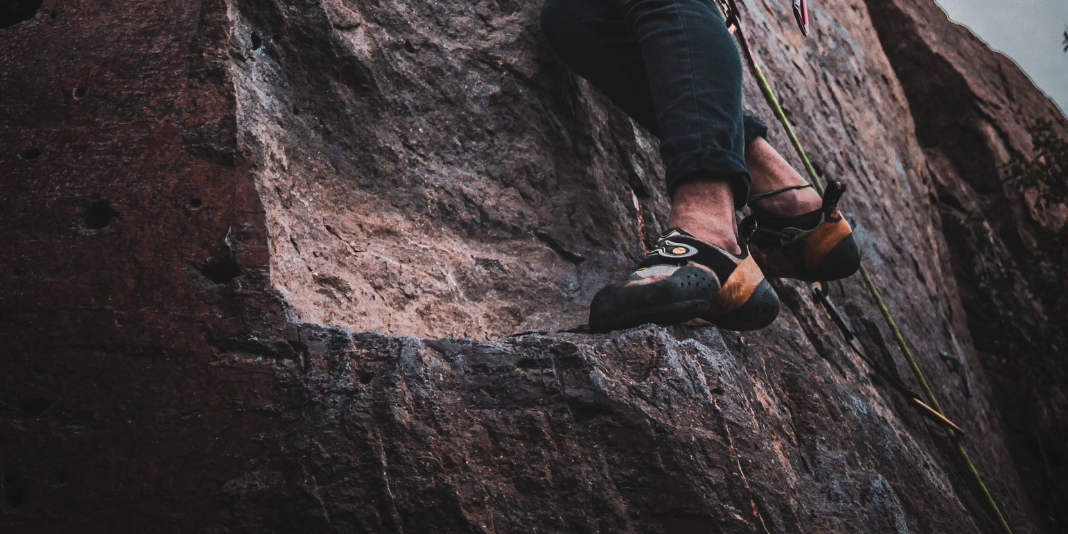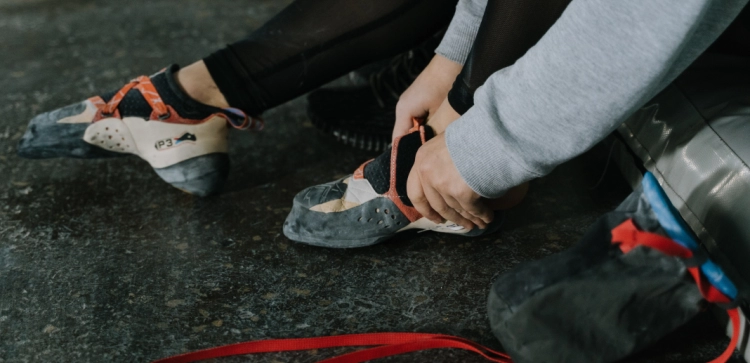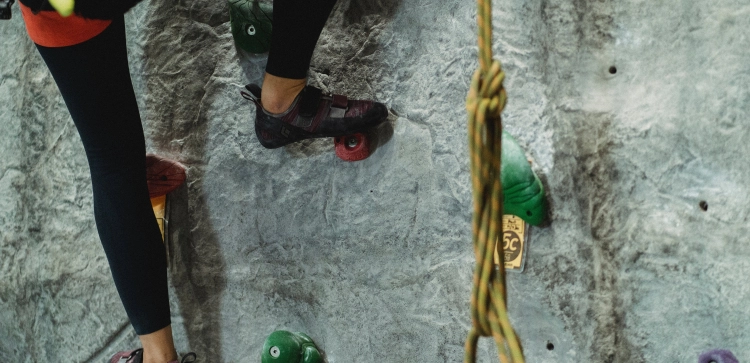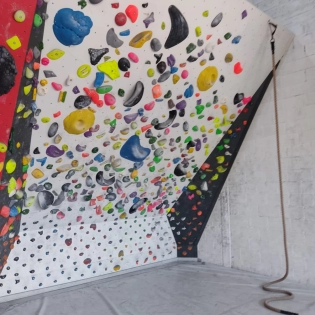Painful Beginnings: Are Climbing Shoes Supposed To Hurt At First?

Climbing shoes are one of the most important pieces of gear for any rock climber. But for many new climbers, their first experience with climbing shoes is a painful and uncomfortable one. The question is, are climbing shoes supposed to hurt at first?
The short answer is yes, climbing shoes can be uncomfortable and painful when you first start wearing them. This is because climbing shoes are designed to fit snugly and provide support for your feet while climbing. This tight fit can take some time to get used to, but it is essential and is a necessary aspect of the purpose of climbing shoes, which is to provide the necessary support for climbing.
Unbearable Pain is a Red Flag
Even though climbing shoes can be uncomfortable and painful in the beginning, they should not be unbearable. It’s a red flag if the pain is so severe that you cannot wear them for more than a few minutes, or if you cannot stand up or walk in them. In this case, it is very likely that the shoes are either not the right size for you, or, they are just not the right shoes for you.
Choosing the right climbing shoes is not always a simple and straight forward process. It is important to not only understand what the right shoe size is for you, but to also understand what the right type of shoe is, with the right shape, that matches your feet. You can read all about this in our article about choosing the right climbing shoes for you.
Breaking in Your Climbing Shoes
New climbing shoes tend to go through a break in period, which, once over, they become much more comfortable and bearable. During this period, your shoes may stretch and mold themselves to your feet, making them a very custom fit for your feet. The time this break in period lasts and the amount the shoes will stretch depends largely on the materials the shoes are made from, specifically, if they are leather or synthetic climbing shoes.
To learn more about the break in period, which shoes tend to break in and stretch more, and for tips and methods for breaking them in, head over to our article the covers the topic of breaking in climbing shoes.
Aggressive vs Neutral Shoes
It’s also important to note that the type of shoe you are wearing may cause some extra pain and discomfort. There are climbing shoes that are more aggressive and that have a more extreme downturn. These climbing shoes could be even more uncomfortable and painful for beginner climbers as they are meant for more advanced climbers who can benefit from the added support, and who are already used to climbing shoes.
If you are a beginner climber, it is recommended to stick with more neutral and flat shoes that have little to no downturn. This will make getting used to climbing shoes easier, and less painful. When you are ready and can actually benefit from the support of more aggressive climbing shoes, your feet will be better prepared.
To Summarize
Yes, climbing shoes can be uncomfortable and painful at first, but, they should not be unbearable.
The tightness and snug feeling of the climbing shoes is part of their design and is what is so important in climbing shoes, it is what helps climbers send difficult routes and stand on tiny foot holds.
If you are a beginner climber, you probably won’t be standing on such small foot holds, and will not notice any of the performance gains from having aggressive or tighter shoes. On the contrary, you may actually see a negative impact since you will probably be in too much pain.
If you are a new climber, it is recommended to stick to the flatter neutral shoes, and as you progress and get used to climbing shoes, to try out more aggressive shoes.














